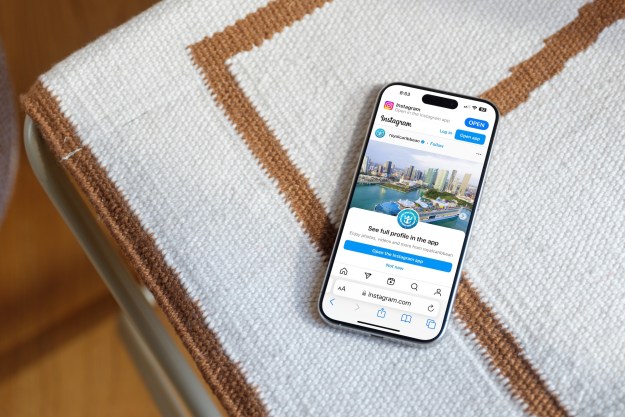
LittleBits offers various kits for children that aims to bring out the inner inventor. The Rule Your Room Kit , for example, allows kids to build items like a buzzer for their door — the whole process is completed by following guides via the app. Children can also make their own designs and objects, and upload their creations to the app with plans for anyone else to follow.

The new Code Kit features four games: Tug-of-war, Ultimate Shootout, Hot Potato, and Rockstar Guitar. Inside you’ll find 16 modular circuits including two new bits — the codeBit and the LED Matrix. Bits are usable with other kits offered by LittleBits. There’s also a rechargeable battery and 30 other accessories to help build these games.
The company said the block-programming interface in the app is based on Google’s Blockly, a drag-and-drop interface to make programming more visual and less intimidating. Setting up and using the Code Kit in curriculum is also easy, even for teachers not in the computer science field. There are more than a hundred activities and lessons that conform to computer science standards for children in grades three to eight.
These can be uploaded as lessons via Google Docs, in case teachers want to utilize the Code Kit in the classroom.
The Code Kit is available for purchase for $300 via various retailers (there’s a discount for educators), but it won’t ship until June 2017.
Amazon Little Bits


